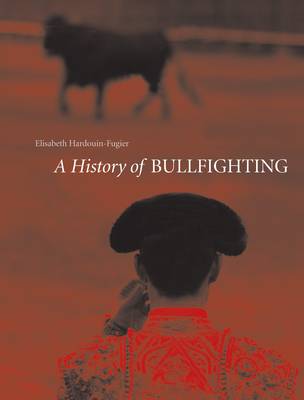Bullfighting is the only art in which the artist is in danger of death and in which the degree of brilliance in the performance is left to the fighter's honour', wrote Ernest Hemingway in "Death in the Afternoon". Art? Ritual? Sport? Cruelty? Though opinions are divided, one thing is certain bullfighting sparks passionate responses. Supporters argue that bullfighting is a culturally important tradition stretching back thousands of years, while animal rights groups argue that it is cruel and barbaric, causing unnecessary suffering to both bulls and horses. In "Bullfighting", Elisabeth Hardouin-Fugier brings clarity to this debate through an exploration of the long history of killing bulls as public spectacle. The author shows how in the late 1700s bullfights became mass leisure activities, with paying spectators packing into arenas the classic bullfight of popular imagination. It was at this time that bullfights became lucrative and the bullfighter became a celebrity.
The first cross-cultural study of its kind, "Bullfighting" also relates the regional variations of style throughout Europe and Latin America: in the Basque-Navarre style of bullfighting, for example, the bullfighters wear street clothes, the fight is unstructured, and the bull is not injured; in Spanish-style bullfighting the fighters wear elaborate costumes, the fight is highly ritualized, and the bull is usually killed. In this vivid and comprehensive history, Hardouin-Fugier explores the extensive influence of the bullfight on art, literature and culture, from the paintings of Goya to the writings of Georges Bataille. Enriched with many fascinating and sometimes disturbing illustrations, "Bullfighting" presents a discerning and intelligent approach to this highly colourful yet deeply divisive practice.
- ISBN13 9781861895189
- Publish Date 1 November 2009
- Publish Status Out of Print
- Out of Print 7 October 2015
- Publish Country GB
- Imprint Reaktion Books
- Format Paperback
- Pages 208
- Language English
